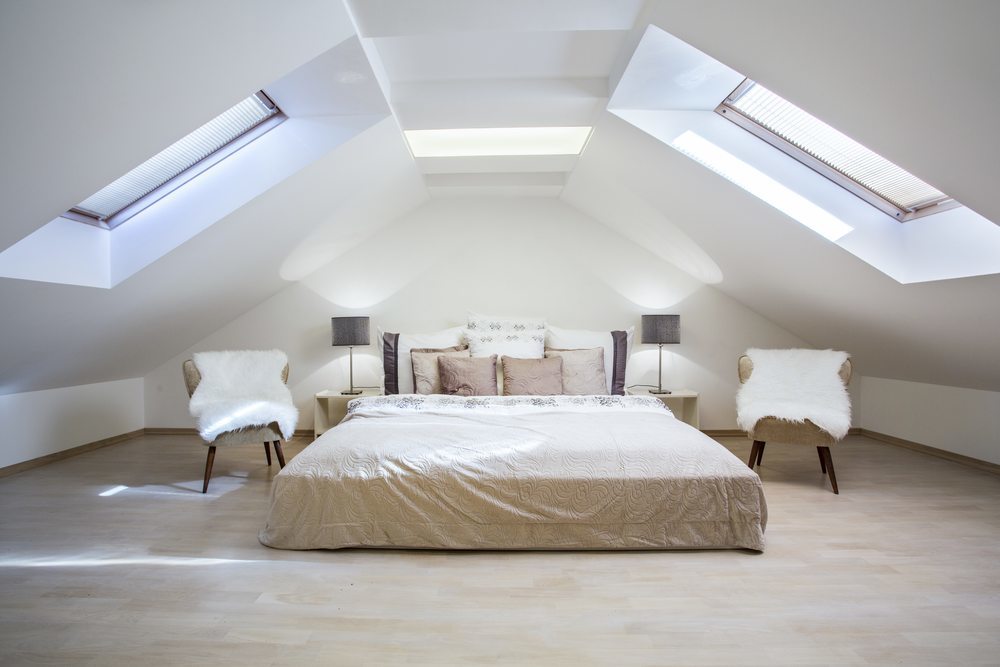 Looking for a new way to make your home more vibrant? Houseplants are a great way to do just that! Not only do houseplants make a very nice decorative touch, they can help improve the air quality of your home or even be edible. Plus, they look great sitting next to a new set of vinyl replacement windows!
Looking for a new way to make your home more vibrant? Houseplants are a great way to do just that! Not only do houseplants make a very nice decorative touch, they can help improve the air quality of your home or even be edible. Plus, they look great sitting next to a new set of vinyl replacement windows!
If you’ve never tried keeping houseplants before or haven’t been very successful in keeping them alive, it’s important to make sure you choose the right types of plants. Some types of plants thrive best in certain temperatures or lighting conditions, so be sure to consider the conditions of the room it’s going to be placed in. Does the room have big windows that let in a lot of direct sunlight or is it in an area of the house that just doesn’t get a lot of sunshine? How warm do you like to keep your house? These are all important factors that can make a big difference in how well your plants grow. If a plant isn’t being kept in the right conditions, it’s just not going to grow and thrive, no matter how good you are at remembering to water it.
Many people feel like they can’t keep houseplants because they’re too forgetful to remember to water them. The good news is there are many types of plants that don’t need a lot of attention. Snake plants, Chinese evergreens, ponytail palms, cast iron plants, peperomia, and pothos are just a few types of plants that are pretty forgiving if you forget to water them now and then.
Want to add some greenery to a room that doesn’t get a lot of light? Look for plants like English ivy, peperomia, cast iron plants, spider plants, Boston ferns, ZZ plants, or philodendrons. These are just a few plants that do well in rooms that have low to medium light levels.
Some types of houseplants can even have practical purposes around the house. For example, aloe is a very popular type of plant to keep in the house. Not only does it grow well indoors, you’ll always have a natural treatment on hand if you ever get burned. Many types of herbs can also be grown indoors. If you’ve ever gone to the grocery store and seen the prices of things like fresh basil or chives, you know how expensive it can be. If you like to cook with fresh herbs a lot, wouldn’t it be nice to have your own herbs on hand?
Houseplants make a wonderful addition to any home. Try keeping them and you might be surprised by how nice it can be to have your own little indoor garden.









